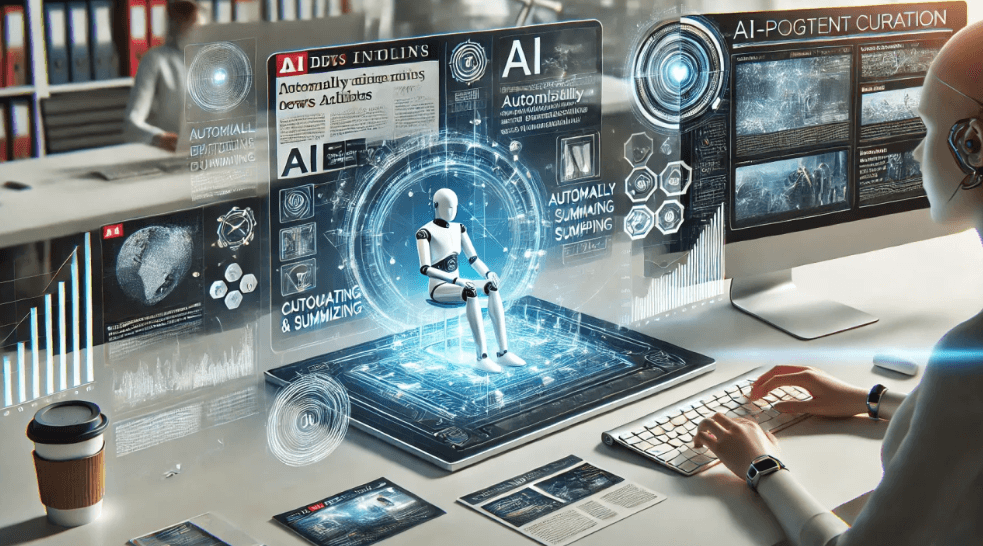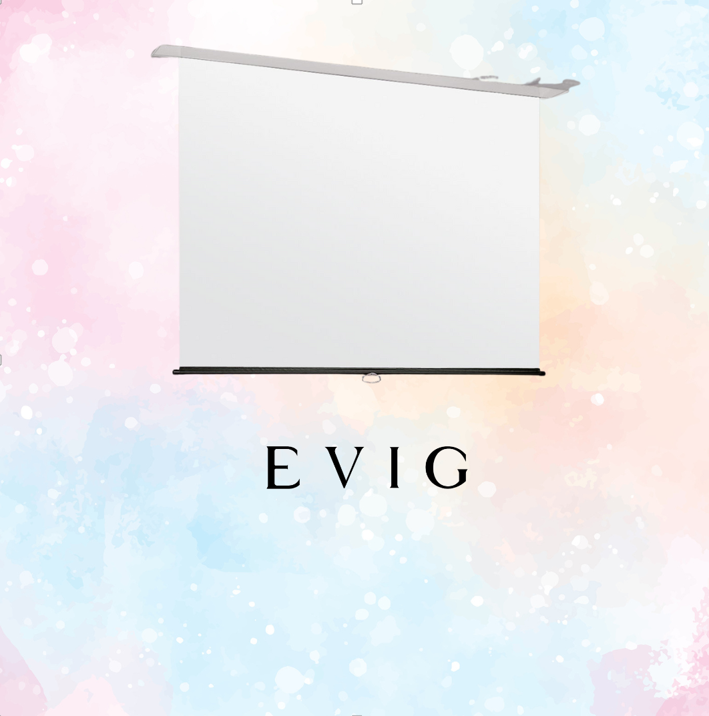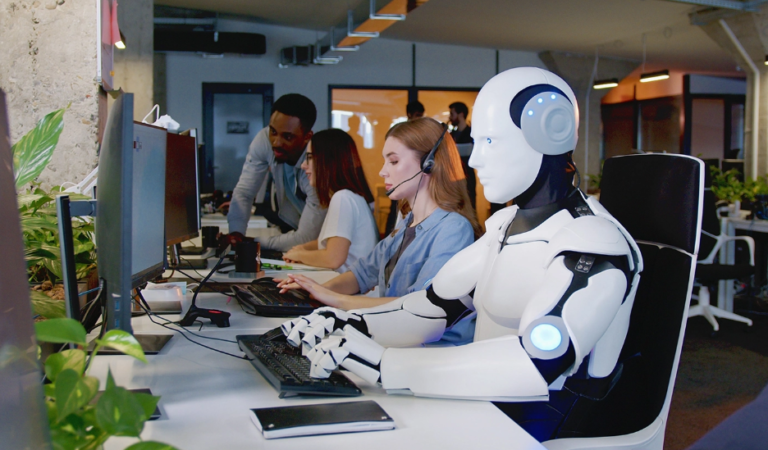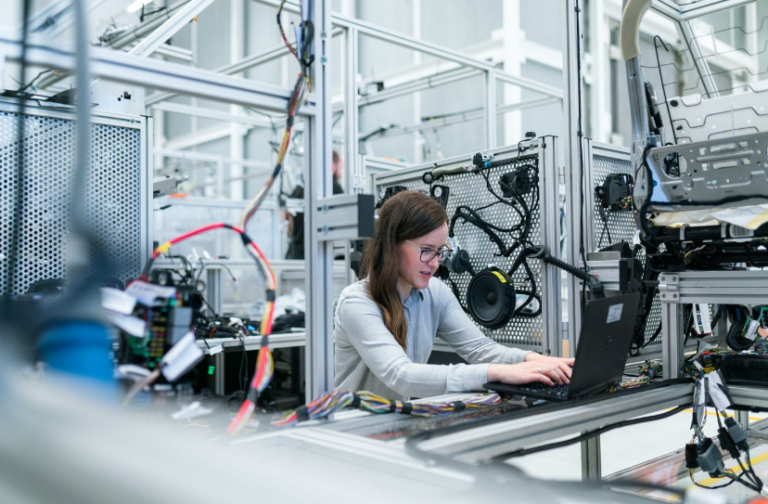Automated Insights: Streamline Content Curation with Advanced Image Analysis
In the digital world of today, when looks are everything, content is king and photographs are its most valuable assets. From social media posts to large marketing efforts, eye -catching images are important to pay attention to people, receive messages and move forward. Finding the right photos, examining their validity, or finding out what they mean by hand, it is easy to make mistakes, and cannot be caused by large amounts of data. This makes their content duration not only more efficient, but also more data-driven and strategically effective. For example, being able to do a free reverse image search for a given image fast can show where it came from, how it was used, and other stuff linked to it. This is very useful for making if something is real and avoiding copyright problems.
Introducing Advanced Image Analysis
Artificial intelligence and machine learning are used in advanced picture analysis to analyses and interpret visual material in ways that were not feasible before. AI can see and recognize things, sceneries, people, emotions, words, and even the general look of an image, instead of considering it as a static file. This technique goes beyond only tagging and gives a thorough knowledge of the context of visual images. It lets you automatically sort, moderate, and get useful metadata from raw photos, turning them into useful data points.
Making it easier to find content
For those who make content, being able to rapidly find high-quality and relevant images is quite important. Advanced picture analysis makes this procedure a lot easier by building smartly indexed visual libraries. Instead of going through folders, authors may utilize natural language searches or even submit a picture to identify material that looks like it. This speeds up the process of making content, making sure that the right visual accompaniment is always easy to find. This makes things more efficient and cuts down on the time spent looking for things by hand.
See also: Exploring the Role of Technology in Sustainable Development
Automating the tagging of images and the creation of metadata
• Intelligent Tagging: AI models can automatically create very precise and complete tags for photos based on things like objects, situations, activities, and ideas that they recognize. This gets rid of the boring process of marking things by hand, which saves a lot of time and makes sure everything is the same.
• Rich Metadata: Advanced analysis can get more than just simple tags; it can also get rich metadata like dominating colours, aesthetic ratings, identified emotions, and even an approximated location (if appropriate). This comprehensive metadata makes it easier to find things and gives content strategists useful information.
Improving personalization and engagement with content
• Audience Insights: AI may help find visual trends and preferences in specific target audiences by looking at visual material that does well. This information makes it possible to build visual content strategies that are more personalized and interesting.
• Testing Pictures: Automated analysis can make it easier to do tests on different visual components to find out which photos work best for consumers. This method uses statistics to make content as effective as possible and get more people to interact with it.
Advanced picture analysis is changing the way to curate material by turning what used to be a human, time-consuming process into an automated, insight-driven approach. Businesses can make content discovery easier, make sure it’s real, and improve overall efficiency by giving apps the ability to see and comprehend images. This technology takes content production to a whole new level of intelligence and accuracy. The capacity to do a free reverse image search or automatically categorise huge collections of images shows how powerful these technologies are. They make it possible to create richer, more successful content strategies for the digital world that focuses on visuals.







